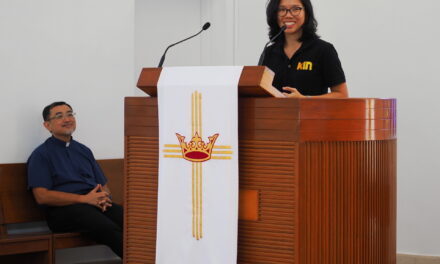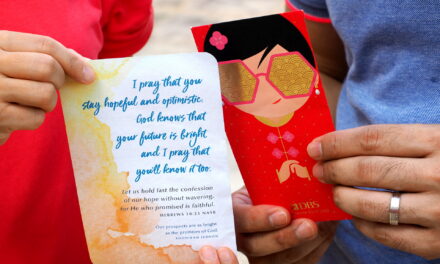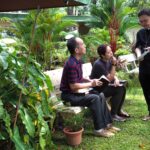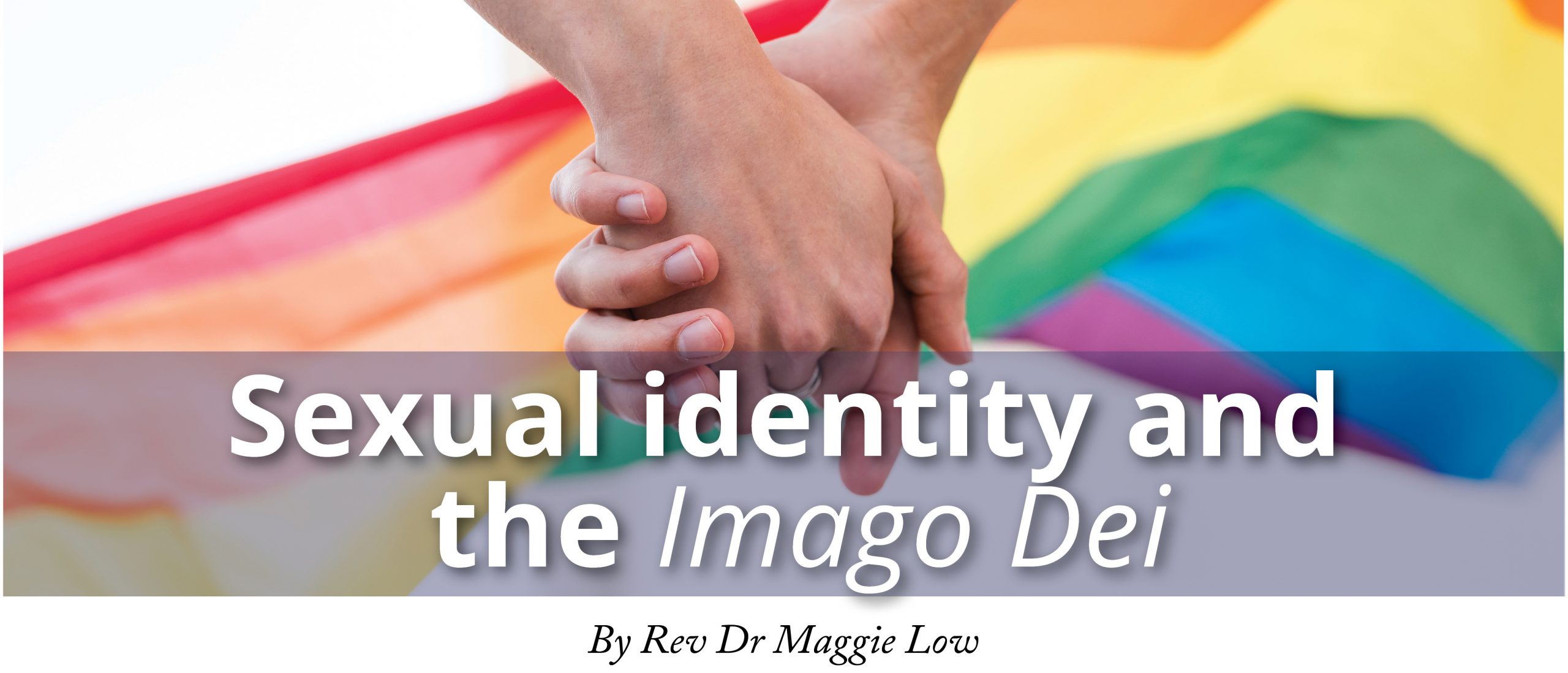
On 30 August this year, the Straits Times reported: “No ‘gay gene’, but study finds genetic links to sexual behaviour”. The headline highlights the genetic links despite the researcher saying that genetic components have a less than 1% effect on same-sex behaviour.
The article continues, “This means that non-genetic factors—such as environment, upbringing, personality, nurture—are far more significant in influencing a person’s choice of sexual partner, just as with most other personality, behavioural and physical human traits, the researchers said”. (emphasis mine)
Nonetheless, sexual rights campaigners welcomed the study, saying it “provides even more evidence that being gay or lesbian is a natural part of human life”. They imply that homosexuality is a consequence of living in one’s environment and should thus be accepted.
I agree that one’s environment can shape a person in such a way that he or she may not experience a choice in sexual tendencies, but to deny that this person can change or he should be held responsible for his decisions raises difficulties. An addict or alcoholic may also say that their compulsions should similarly be accepted due to their genes and background. Who is the judge of what is right and wrong? For Christians, it goes back to the Word.
In this short article, I will only highlight Gen 1:27, “So God created humankind in his image, in the image of God he created them; male and female he created them”. God’s image (imago Dei) is seen in the complementary (not hierarchical) relationship between male and female. For further study, The Bible and Homosexual Practice by Robert Gagnon is an excellent resource.
The primaeval history (Genesis 1–11 ) tells us that the imago Dei is also reflected in the relationships between parent and child (Gen 5:3) and between persons (Gen 9:6). These three texts in Genesis contain the word “image”. Thus, the male-female relationship is not the only reflection of God’s image, which is invaluable for our understanding of singlehood.
Going back to Gen 1:27, God originally intended for a person to be holistically male or female, that is, to have a male body with male gender identity or to have a female body with female gender identity. However, the Fall resulted in fragmentation at all levels—with God, between husband and wife, parent and child, with the environment, and within oneself. Such flaws in genes and the environment result in negative consequences, including our struggle with homosexual feelings.
Are we to accept or alleviate the consequences of the Fall? With the coming of Christ, restoration has begun and will be completed when he returns. The Christian freedom is not about the freedom to be one’s supposed sexual identity; it is the freedom to be in the imago Dei, which includes right relationships with God, self, family and community.
LGBT groups are rightly up in arms against “reparative” or “conversion” therapy of the sort that uses electroshock treatment or of the religious kind that insists on exorcism. Indeed, these may cause more harm than good.
However, gay advocates argue against any therapy at all. The American Psychological Association (APA) states that homosexuality “does not require treatment and is not changeable”. This statement is a barefaced assertion with no scientific proof. Given the latest in scientific finding that genes make up less than 1% of the causes, then a great deal can be done to address the environmental, psychological, and social factors.
For instance, Bryan Shen, a professional counsellor and author of The Un-Affirmed Core, points out many psychological and external factors that might contribute to homosexuality. A child’s gender identity development can be affected by his or her temperament and the primary care-giver’s parenting style, which results in different types of attachment, such as the “Anxious-Attachment Style” or the “Avoidant-Attachment Style”. Shen’s focus, though, is not about converting a homosexual orientation into a heterosexual one, but to help the person, whether hetero- or homosexual, deal with the emotional repercussions of such experiences.
Theologically, all of us are sinners, and we have also been sinned against. While fallen nature and nurture form us with unchosen tendencies, our emotional and behavioural responses may be sinful. We need the skills of a psychologist to work through deep-seated emotional issues, and we also need the power of the Spirit to enable each broken person, regardless of sexual orientation, to experience the depth of God’s love and to live in the imago Dei.
Such a holistic approach is a continuing process of sanctification until we are all glorified in Christ. Thus, Shen stresses both the spiritual-pastoral as well as the psychological-assistive approaches, saying that one without the other is only half as good.
In a 6-year study reported in 2011, psychologists Stanton Jones and Mark Yarhouse found that 23% of religiously motivated persons experienced complete change and 30% reported a considerable change in their homosexual orientation. Results vary with different factors, but this already refutes the APA’s claim.
In fact, Robert Spitzer, who had promoted the removal of homosexuality as a mental disease in the American Psychiatric Association’s Manual in 1973, became convinced that gay people can change. This about-face took place through a 2003 study in which Spitzer had originally set out to refute such changes.
In a case I witnessed, a counsellor helped his client with Same-Sex Attraction deal with underlying family struggles. Along the way, a pastor guided this person to bring those issues before God in prayer. The goal of the ministry was to resolve the individual’s fear, anger and depression, but it led to the young adult experiencing Opposite-Sex Attraction soon after. What is of far greater significance is that this person is now living a life assured of the Father’s embrace.

TRUMPET | Word on World | Dec 2019









